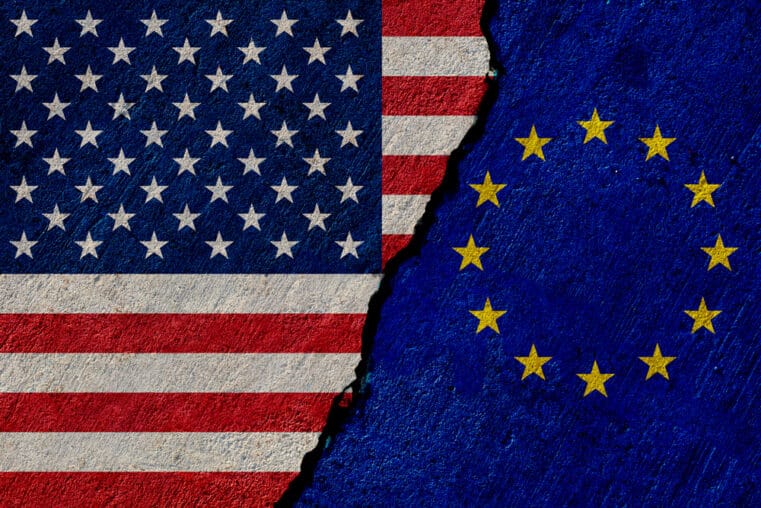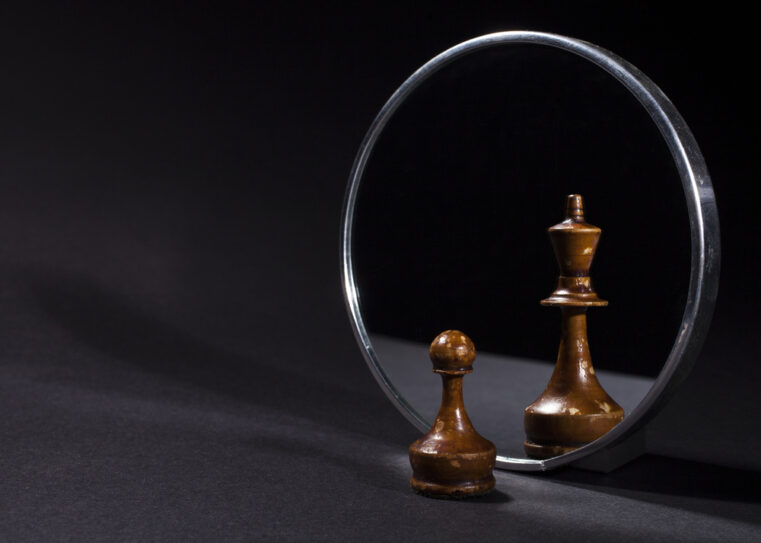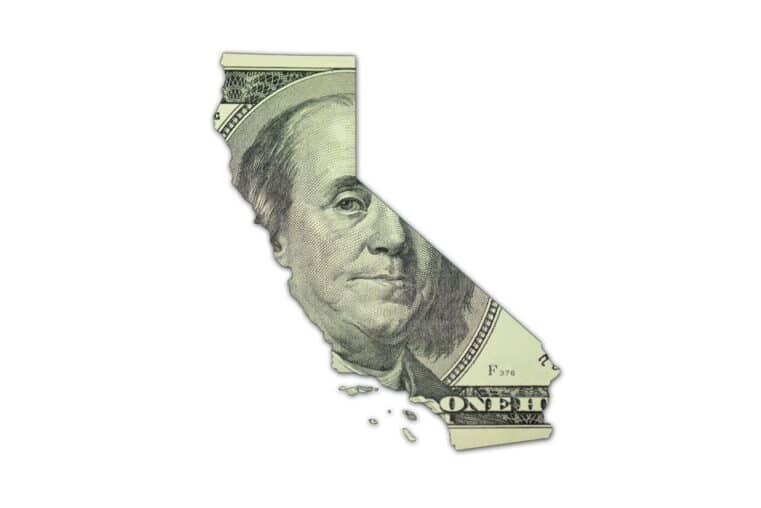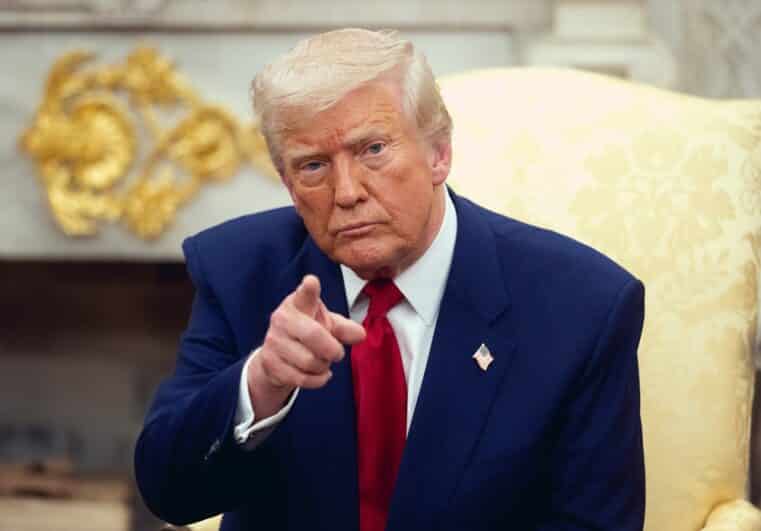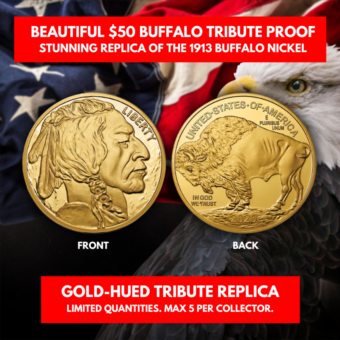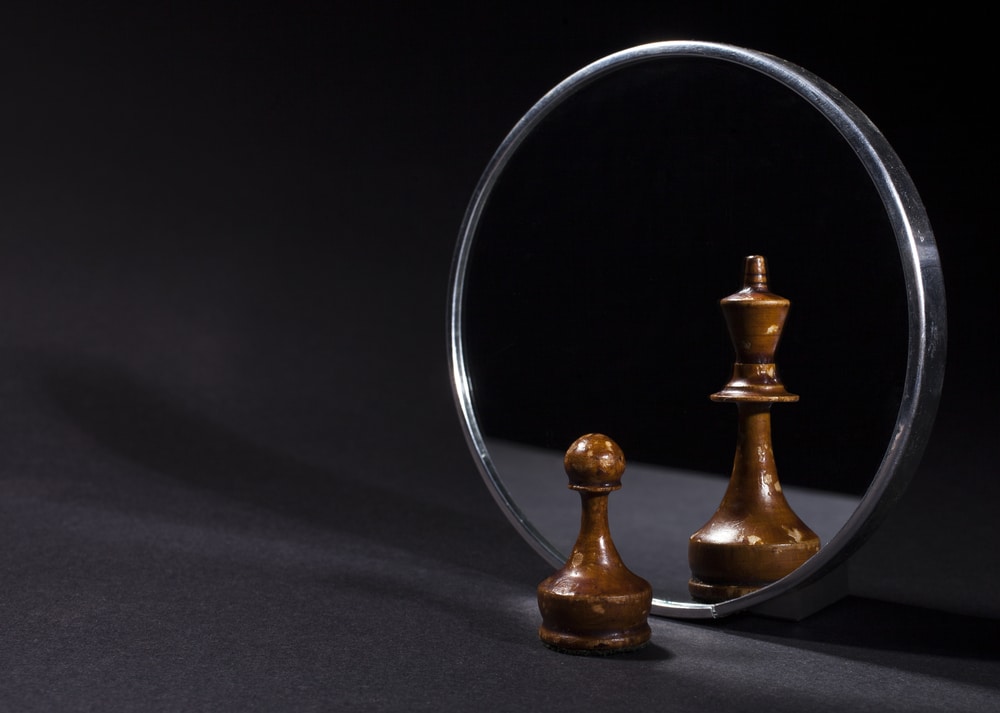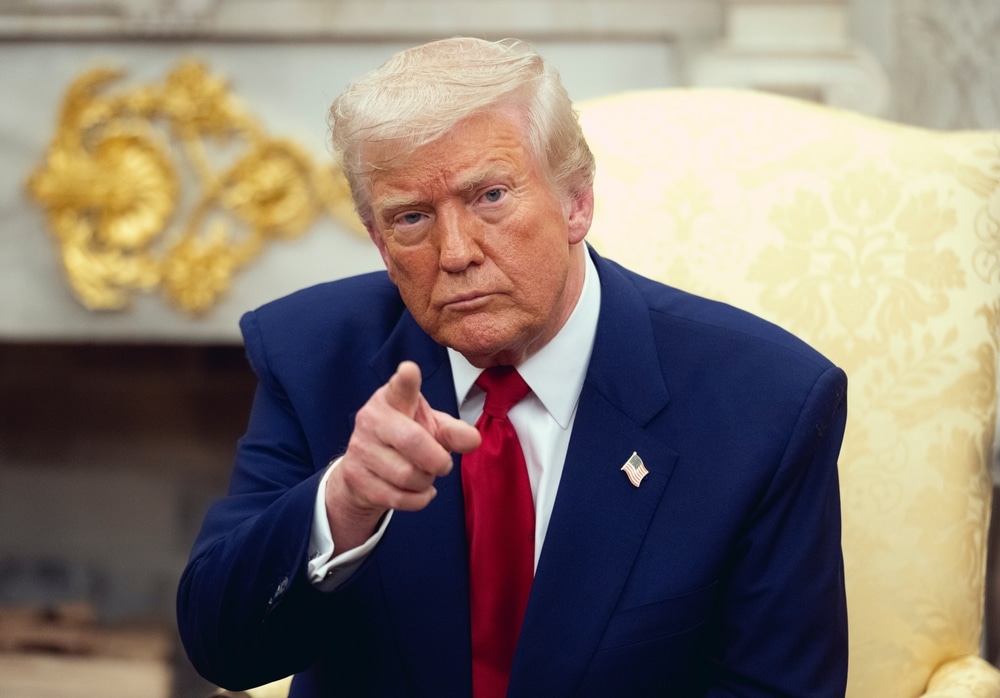
“Money is Gold, Nothing Else” (John Pierpont Morgan)
In 1912, as J.P. Morgan testified before Congress with regard to the Panic of 1907, a famous verbal exchange took place between Morgan and congressional staff attorney Samuel Untermyer.
For those of you who are not familiar with the dialogue, here’s how it played out:
Untermyer: I want to ask you a few questions bearing on the subject that you have touched upon this morning, as to the control of money. The control of credit involves control of money, does it not?
Morgan: A control of credit? No.
Untermyer: But the basis of banking is credit, is it not?
Morgan: Not always. That is an evidence of banking, but it is not the money itself. Money is gold, and nothing else.
If you read J.P. Morgan’s comments closely, you’ll notice a couple of subtle yet critical points:
It’s obvious that Morgan’s statement advances the notion that gold is money. But that’s not how he states it. He deliberately states it in reverse: "money is gold.”
There's a huge and irreversible difference between "gold is money," and "money is gold." And to make sure Congress fully understood what he meant, he added a clarifying phrase "and nothing else."
In other words, Morgan argued that everything other than gold was a mere derivative of money; evidence of the circulation of money; a mere shadow of the real value that money should intrinsically possess.
The dialogue also shows that even then, in the early 20th century, people were already beginning to disassociate gold with money.
People were beginning to believe that money, and "credit" were synonymous; that a money derivative was money itself; and that real money (i.e., "gold") was inferior to any one of its "copies."
Fast forward to a similar exchange, this one in 2014 between Ron Paul and Fed Chief Ben Bernanke:
Paul: Is gold money?
Bernanke: No. It’s a precious metal.
Should this be a surprise to anyone? Monetary manipulation has always been at the center of the Fed's agenda to control the economy and markets artificially. Unlike interest rates and fiat currency, the latter having been a "promissory note" once backed by gold, gold itself cannot be artificially manipulated.
So the Fed’s solution, as Bernanke’s testimony clearly shows, is simply not to recognize gold as money. And where has this gotten us?
We had excessive money printing from 2008-2015, a projected $1 Trillion in government deficits per year, and a US debt-to-deficit ratio of 105% (increasing to 110% in just a matter of a few years); all of these factors are increasing the dollar's vulnerability to collapse.
Perhaps many Americans have normalized these factors. The rest of the world has not, and the growing de-dollarization trend tells us that many nations across the globe are just fed up. And why not? There's a general lack of confidence that the US can sustain its current debt-driven system.
And as this lack of confidence is spreading, China, Russia, Iran, and Turkey are looking to bypass the US dollar's role in international trade settlements.
The (soon-to-be) gold-backed Petroyuan and the IMF’s special drawing rights, or SDRs, once in circulation, will eventually knock the dollar off its throne.
Should this happen--or rather, “when” this happens--there will likely be a new “Bretton Woods” agreement, one that will turn to gold to restore monetary confidence across the global economy.
Here’s how this situation will likely play out:
The US, Eurozone, China, and Japan have a combined M1 money supply of $24 Trillion. Each country also has a gold reserve totaling 33,000 tons.
If you look back in history, a successful gold standard requires a 40% backing (at least, that’s what the US did from 1913 to 1965).
A 40% gold backing requires $9.6 trillion worth of gold.
Now, if you take 33,000 and divide it by $9.6 Trillion, you get a gold price of around $9,000 per ounce.
So when this reset takes place, it’s reasonable to expect--based on the math--that gold will hit between $9,000 to $10,000 an ounce.
Investors who have absolutely no gold allocation will see their hard-earned wealth obliterated.
Those who own a modest amount, say, 10% to 20% in their portfolio will fare much better.
But those who own excess of 40% will thrive above the rest. This is why we believe in gold. And this is why you should own it.




